Part 1,
https://www.youtube.com/watch?v=CfJzrmS9UfY
I found the Video created by Vi Hart is fascinating, beacause it make me feel that factoring is way more interesting than what I knew before. She found the pattern of factoring by drawing the stars. Which is very unlike with the way how other teachers introduce pattren of factoring to their students. I loved the out come of the last few drawings.
This video that created by Vi Hart is about how to explore the mysteries of flexagation., by use strips of paper. I found it if very fascinating, you strip and tape it nicely into a twisty – flody loop. and you can flip the Hexaflexagons again and again.
https://www.youtube.com/watch?v=vydPOjRVcSg
This Video is called Pi Day is Round, I found this is very interesting beacuse I remember that on the day 3/14/15,My hight school math teacher told our class the today is Pi day, but no one queation that if we round the Pi it wil 3.1416, not 3.1415.
Part 2.(Video One)
I am very glad that I got the chance to watch this videos created by Vi Hart, after I watched these videos I was shocked by Lady who create the videos. They show you many very intersting things that related to math, but you will naver see this things in taxt book or learn them in class. In addition, This Videos also shows that math is related to verything in our daliy life. It also convinced me that Math is not just a course, it is a independent world that has it own system and language. However,I think that I did not understant about her Videos was: what was the reason she speak so quickly in her very videos? I had to watch the video three or four time to get understant the concept of the video.
Part 3.
Many student give up math, because they belive that math class is one of most boring class, and it is also very hard. I have been ask many people about what is you favorite class and wich class you hate the most. I found one thing about math is very interesting, many people see math as thery their favorite calss or the class they hete the most. So I come up a conclution that people who understant the math will love math but people who don’t unserstant the math will think it is a very boring class. So as a math teacher, it is important that you can show your student the side of math that is interesting. But it is not a essey thing do to, beacuse, math is not like other courses, you can tell a intersting story about it or do a fancy expaeriment. I believe that Vi Hart showed us a very good way to teach your student math, just like the Video one.


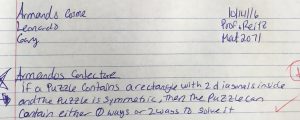

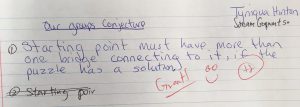

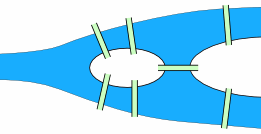
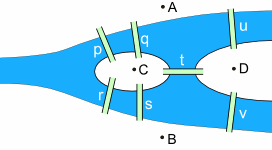
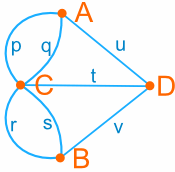
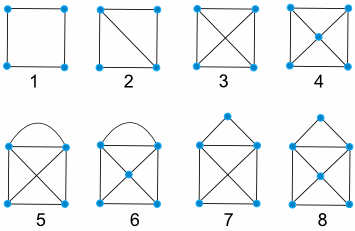



Recent Comments